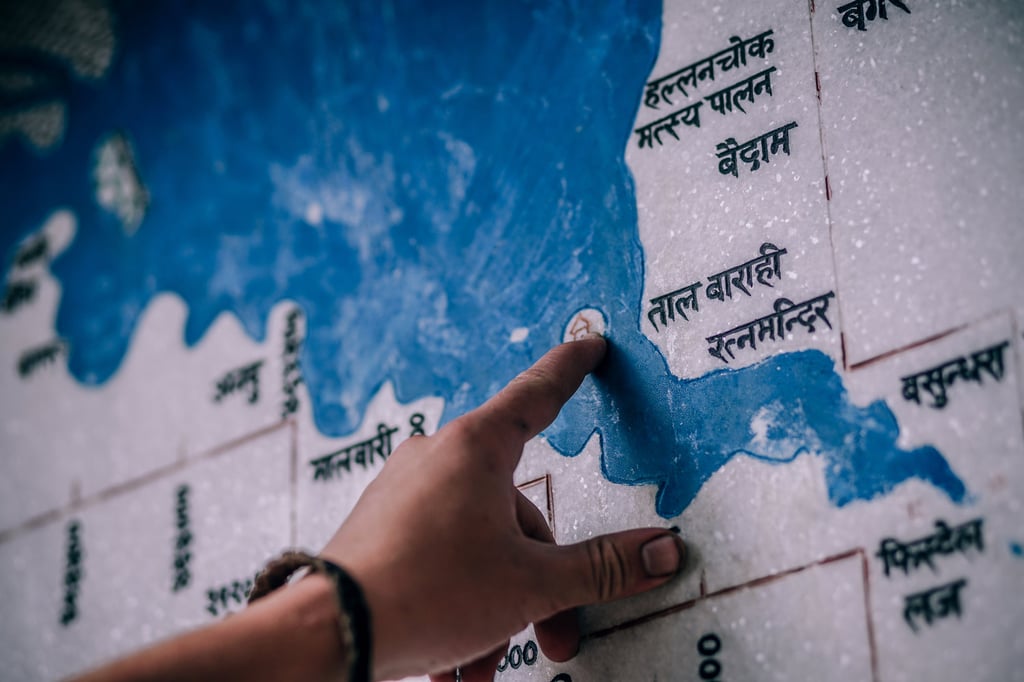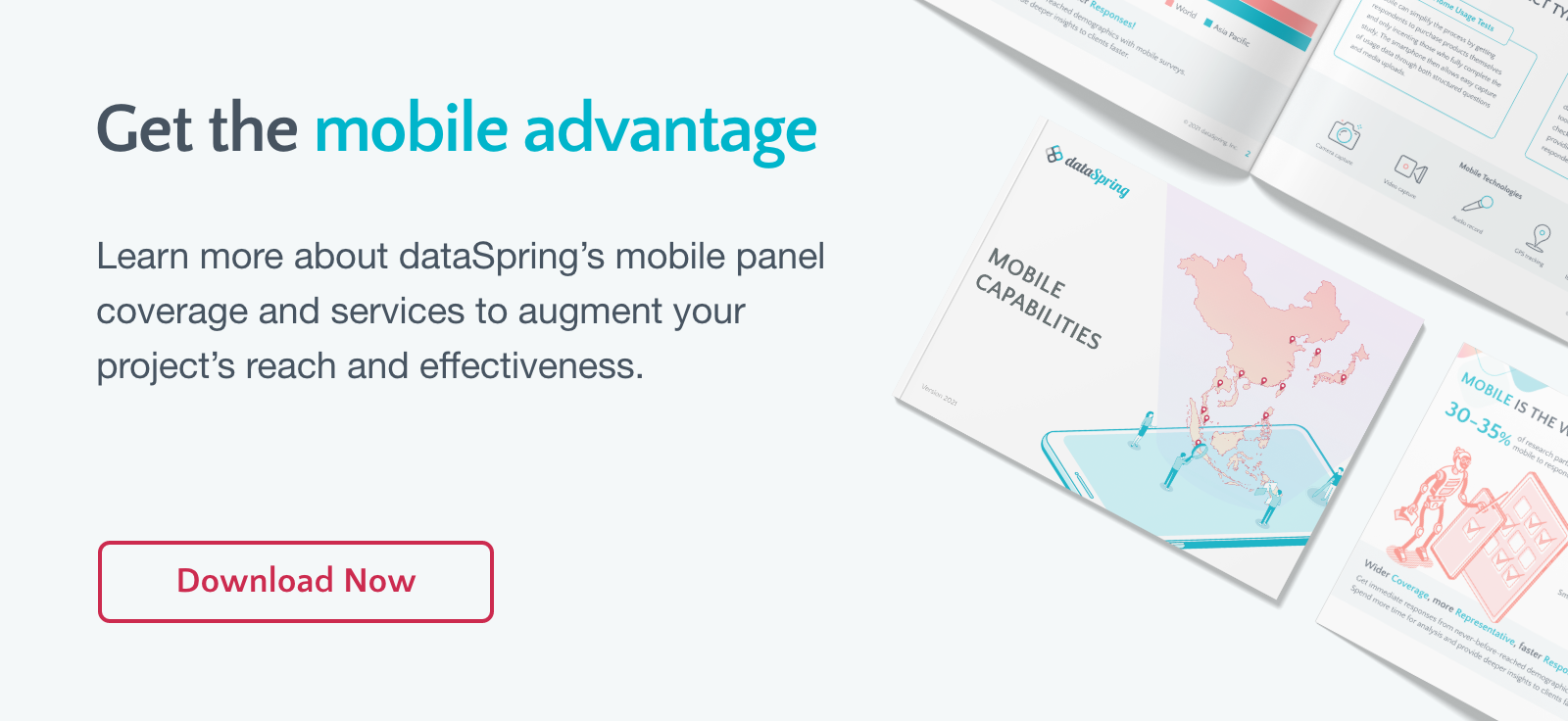
Shortly after joining dataSpring a few months ago, my first official task was to take a business trip to India - one of the markets I cover as dataSpring's Senior Account Manager in APAC.
The trip was action-packed, with more than 30 meetings scheduled in two whirlwind weeks. Moving from meeting to meeting, I realized several market research trends were quickly emerging, the most important of these being the 'mobile wave'.
Online research has traditionally been a challenge in India: lack of internet penetration, a largely rural population, questions about data quality, and a lack of representativeness - these factors have all stunted online research growth. Clients and researchers alike were forced to rely on offline data collection, especially for projects where representativeness, specialized audiences, large sample sizes, or outlying demographic criteria were in place (e.g. older populations).
Still in its early stages in India, mobile data collection provides a powerful and exciting way forward. With Smartphone penetration hovering between 10% and 12%, and local companies such as Micromax, Lava, and Karbonn taking up an ever-increasing share of the market, mobile research is set to leapfrog over online research.
Of course with the increase in Smartphone penetration, and India competing with China to be named the 'World's #1 Smartphone Market', it is natural that mobile research would hitch a ride on this growing trend in India. As a matter of fact, many firms have developed applications for mobile data collection - these are taking two forms.

The first of these is where participants install an app, fill in their profiling details, and begin receiving surveys based on their profiles. Location-specific surveys are also popular for mobile- where unique shops, restaurants, or service providers that want to use proximity as a screen, target specific participants.
The second type of application is a field-force app. This is deployed by researchers in the field who travel to respondents - increasing reach to those in rural communities, older (or younger) ends of the demographic spectrum, as well as groups which may be India-specific.
As you can see, mobile research is set to explode in India. As Smartphone penetration balloons, marketers and researchers alike have a lot to look forward to in terms of data collection, feasibility, and data quality in India. The crucial next step, however, will be putting in place quality control processes that guarantee strict adherence to standards.
dataSpring recognizes the challenges as well as the opportunities the rapidly evolving Indian market demands. That's why we are investing heavily in developing mobile solutions and seeking partners to assist us not just in APAC, but throughout Asia.
My next trip to India is scheduled in a few months. I'll be sure to report back on the changes we see in online research, continued Smartphone emergence, mobile data collection, and the MR market in general. It will be interesting to see where this wave takes us. One thing's for certain, dataSpring will look to be on the crest of that wave!
This article was first published on April 15, 2015.


 Download Panel Book
Download Panel Book


